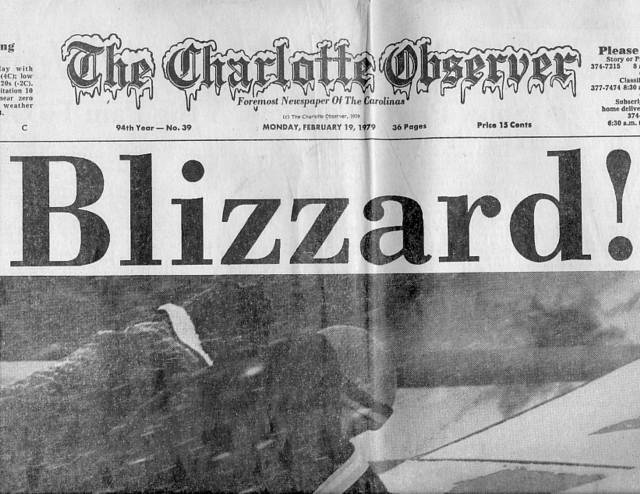-
Posts
100 -
Joined
Content Type
Profiles
Blogs
Forums
American Weather
Media Demo
Store
Gallery
Posts posted by Eric
-
-
A winter wonderland at Jackson Hole Golf & Tennis Club.
http://www.jhgtc.com/default.aspx?p=dynamicmodule&pageid=131&ssid=161&vnf=1
-
-
5 hours ago, BlueRidgeFolklore said:
We're running nearly neck and neck with 1980 in terms of averages through September 17th, here at AVL. I get what you're saying but I've been around long enough to know this isn't out of the ordinary. I'm not saying that one is the rule or the exception, I am simply saying that I've been through it before.
I well remember the July 1980 heatwave. It was miserable staying in a room with no air conditioning at the Green Park Inn in Blowing Rock with temperatures in the low 90s. The only respite from the heat was an excursion to the top of Grandfather Mountain where even there the temperature was around 80°.
-
 1
1
-
-
On 9/7/2019 at 10:14 AM, griteater said:
Ha, yeah Eric I was just talking to my neighbor yesterday about how October is the new September. It's been rough everywhere since 2007
It's getting tiresome having to constantly read about the "Upper Ridge" in the NWS AFDs. It seems like it's now a year-round occurrence.
Friday morning I was checking out the webcam at the Jackson Hole Golf & Tennis Club and I noticed frost on the putting green and driving range and a dusting of snow on the peaks of the Tetons. Would love to have a house there to escape the Southeast heat.
-
 2
2
-
-
4 hours ago, griteater said:
94/42 now at ATL at 5pm
93/56 at CLT
No end in sight in the long range with the summer warmth. Yuck
You have to go back to 2006 to find a September that was below normal in Charlotte.
Back in the '80s and '90s I used to always do my fall lawn renovation during the second week of September. That changed in the mid 2000s.
-
20 hours ago, Lava Rock said:
Been reading online a bit today. The flat spot out back is 7000sqft. Suggestion is to do one plug for every sqft = 7000
 . Granted, not every sqft of that area needs fixing, but it's gonna look weird to have a grass species like that next to fescue, KBG until it eventually takes over. IDK what to do. Apparently zoysia seed is difficult to grow, requires a lot of water early on and only works well if starting from topsoil. The more plugs you put in the faster it spreads, but from what I read, 1-3yrs or so. I'm tired of waiting to have a good decent looking lawn, so not sure I want to put in the effort of plugging.
. Granted, not every sqft of that area needs fixing, but it's gonna look weird to have a grass species like that next to fescue, KBG until it eventually takes over. IDK what to do. Apparently zoysia seed is difficult to grow, requires a lot of water early on and only works well if starting from topsoil. The more plugs you put in the faster it spreads, but from what I read, 1-3yrs or so. I'm tired of waiting to have a good decent looking lawn, so not sure I want to put in the effort of plugging.
Several years ago there was an episode of This Old House showing landscaper Roger Cook installing a tall fescue sod called "Black Beauty" at a project in Lexington, Massachusetts. Roger praised "Black Beauty" for its drought tolerance due to its deep roots.
https://www.jonathangreen.com/product/black-beauty-blend-grass-seed.html
-
-
1 hour ago, Queencitywx said:
With us just beginning winter, I wonder how many piedmont locations have had multiple snows of 6"+ in a winter.
Check out Eric Webb's NC winter storm maps archive for 1935/1936. An incredible amount of snow fell across the entire state that winter. Monroe received 27" of snow.
-
2 hours ago, griteater said:
Some of us have started adding some model performance thoughts on the storm here, FYI: https://www.americanwx.com/bb/topic/49398-southeast-winter-storm-threats-model-performance/?do=findComment&comment=5065039
Many thanks to you, @burgertime and others for the pbp with this storm. Well done guys!
-
 3
3
-
 1
1
-
-
-
54 minutes ago, +nao said:
How many winter storms have we had in the southern piedmont in the first half of December that are even close to what the models are predicting? For that matter how many winter storms in NC have been as big as what is being advertised?
For early December snowfalls in Charlotte that were 10" or greater, you have to go back to December 2, 1896 when the city received 10" of snow. Monroe, NC received 12" of snow and 16" of snow fell in Chester, SC from that same snowstorm. I believe one of the largest December snowfalls in North Carolina occurred in early December 1886 when over two feet of snow fell around Asheville.
-
 3
3
-
 1
1
-
-
On 8/19/2018 at 12:01 PM, Eric said:
Hope this helps. I can attest to the low rainfall totals in Union County North Carolina. It started last summer and has continued ever since.
It was looking "crispy" in Monroe today. A client of mine who lives just west of downtown Monroe lost an established dogwood tree in a wooded section of their property due to the ongoing dry weather there. Other dogwoods along the street in their neighborhood are drooping.
-
2 hours ago, SouthWake33 said:
can anyone point me to a map that shows 2018 rainfall for NC? I’ve looked around online and can’t find one.
Hope this helps. I can attest to the low rainfall totals in Union County North Carolina. It started last summer and has continued ever since.
https://water.weather.gov/precip/
-
 1
1
-
-
Saw this posted on Mount Vernon's Facebook page. It's George Washington's diary entry of a hurricane that impacted the Mid-Atlantic on July 24, 1788.
https://founders.archives.gov/documents/Washington/01-05-02-0004-0007-0024
[Diary entry: 24 July 1788]
Thursday 24th. Thermometer at 70 in the Morning—71 at Noon and 74 at Night—A very high No. Et. Wind all Night, which, this morning, being accompanied with Rain, became a hurricane—driving the Miniature Ship Federalist from her Moorings, and sinking her—blowing down some trees in the groves & about the houses—loosning the roots, & forcing many others to yield and dismantling most, in a greater or lesser degree of their Bows, & doing other and great mischief to the grain, grass &ca. & not a little to my Mill race. In aword it was violent and severe—more so than has happened for many years. About Noon the Wind suddenly shifted from No. Et. to So. Wt. and blew the remaining part of the day as violently from that quarter. The tide about this time rose near or quite 4 feet higher than it was ever known to do driving Boats &ca. into fields were no tide had ever been heard of before—And must it is to be apprehended have done infinite damage on their Wharves at Alexandria—Norfolk—Baltimore &ca.
At home all day.
The sudden shift in wind direction indicated the passing of the eye of the storm. GW’s apprehension about the damage done elsewhere was well founded. This hurricane ravaged Bermuda on 19 July, and after sinking many vessels on the North Carolina coast, it struck Norfolk about 5:00 P.M. on 23 July. There, according to a newspaper account, the storm “continued for 9 hours—wind at start from NE—at 0030 [hours] it suddenly shifted to S and blew a perfect hurricane—tearing up large trees by the roots, removing houses, throwing down chimneys, fences, etc., and laying the greatest part of the corn level. . . . Only two ships in Hampton Roads survived the gale” (Phila. Independent Gaz., 8 Aug. 1788, quoted in LUDLUM [2], 30–31). At Alexandria the storm was reported to have “brought in the highest tide that was ever known in this river, and the damage done to Tobacco, Sugar, Salt, &c. in the Warehouses in this town, is computed at five thousand pounds. Several inhabitants on the wharves were obliged to retire to their chambers, and some were taken out of their houses in boats. . . . The damage in the country to the wheat, growing tobacco, Indian-corn, &c. is beyond description; and many planters and farmers, who flattered themselves with much greater crops than have been known for many years past, had their hopes blasted by the violence of the storm” (Md. Journal, 5 Aug. 1788). The center of the hurricane skirted Annapolis, causing little or no damage despite an unprecedented high tide (Md. Gaz., 31 July 1788). However, at Baltimore this evening “The Wind . . . blew with unabated Fury, (accompanied with heavy Rain) for upwards of Twelve Hours, which occasioned a most dreadful Inundation of the Sea, that deluged all the Wharves, Stores, and low Grounds near the Bason and at Fell’s Point, producing a Scene of Devastation and Horror not to be described. . . . Immense Quantities of Sugar, Rice, Salt, Dry Goods, and other valuable Merchandise, were entirely ruined” (Md. Journal, 25 July 1788). North of Baltimore the storm apparently diminished rapidly, possibly exhausting itself in the Appalachian Mountains to the northwest (LUDLUM [2], 30–31).
-
 1
1
-
-
With comparisons made to the weather pattern of March and April 1962, I hope we don't have a repeat of the torch that ensued in late April 1962 and continued throughout the month of May 1962.
One side note, in a diary I was keeping in 1978 I made an entry on April 8 that the trees were in full leaf in Monroe, North Carolina. I noted it was a remarkable transition from bare trees to full leaf during the first week of that month.
-
 1
1
-
-
A post I made a year ago during the February 2017 mega torch.
Lest we forget the mid-March snow and the devastating hard freeze that followed afterwards.
http://www.weather.gov/ilm/2017March12Snow
-
 1
1
-
 1
1
-
-
48 minutes ago, Queencitywx said:
It’s about time. What’s your snow total for the yr?
Around three inches. You and @griteater have done real well the past two winters. My brother attended Davidson College back in the 70's and he would send me postcards detailing the amounts of snow he got while we had nothing but rain in Monroe. It's amazing how the rain/snow line sets up in Northern Mecklenburg County. Strangely, Monroe has had far more snow than KCLT over the past twenty years.
-
Congratulations Charlotte on recording your first below normal average monthly temperature since January 2016. Charlotte's previous below normal average monthly temperature prior to January 2016 occurred in February 2015. What a streak! Was January an anomaly or will February follow suit?
-
 1
1
-
-
10 minutes ago, WarmNose said:
Yeah if you live in Charleston

It's not often Charleston's season-to-date snowfall exceeds DC's.
Charleston - 5.3"
Washington National - 3.1"
Dulles - 5.0"
-
Today is the fortieth anniversary of the great blizzard that struck the Ohio Valley and Great Lakes regions. As an eighth grader, I was keeping a weather diary and I made an entry forty years ago tonight that my home barometer bottomed out at 29.04". One thing I clearly remember about that storm was the hellacious windstorm that lasted well into the next day. Charlotte had wind gusts to near 60 mph. Needless to say, there was quite a bit of tree damage.
-
 1
1
-
-
-
-
David Ludlum in his book Early American Winters II 1821-1870 talks about the unusually warm winters in the Eastern United States from the mid to late 1820's. He said the climax of the warm period came in the winter of 1827-1828. During that winter, fruit trees in the South started blooming in January and were in full bloom by the first week of February. Peach and apricot trees in Pennsylvania were in full bloom by the third week of February. In addition to the warm temperatures, it was also an extremely wet winter(Super El Niño?). By March the circulation changed and polar air masses began to move southward with reports of snow falling as far south as coastal South Carolina during mid-March. During the first week of April a massive cold front(much like April 2007) swept through the South delivering a devastating freeze that killed all tender crops, as well as the pears and peaches. The warm winters of the 1820's ended with a return to snowy winters in the South during the 1830's.
Departures From Normal for Charleston, SC during the winter of 1828.
January +11.7°
February +13.5°
March +6.5°



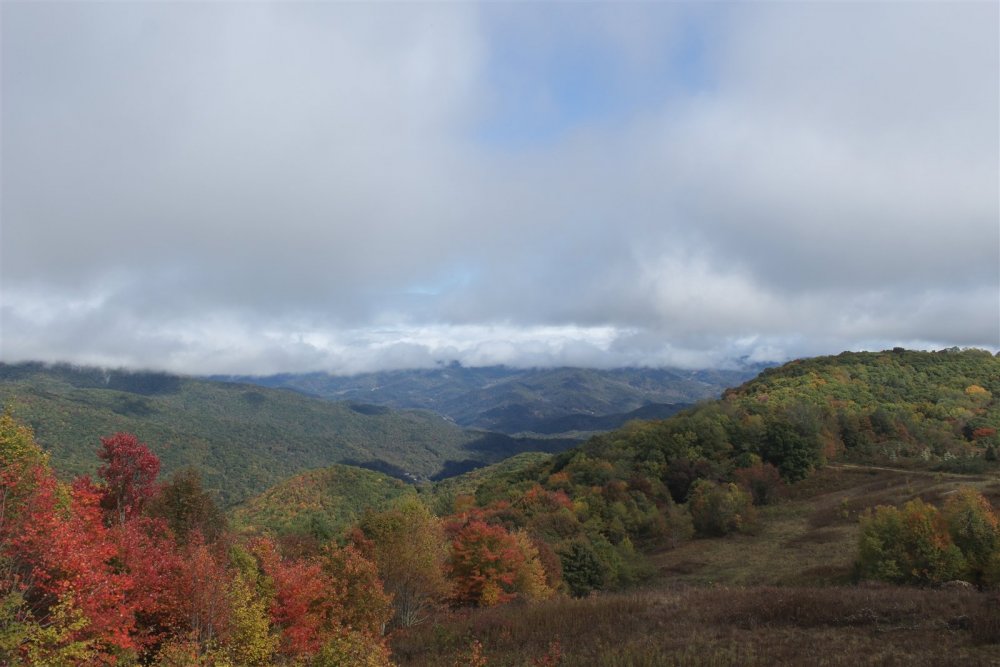
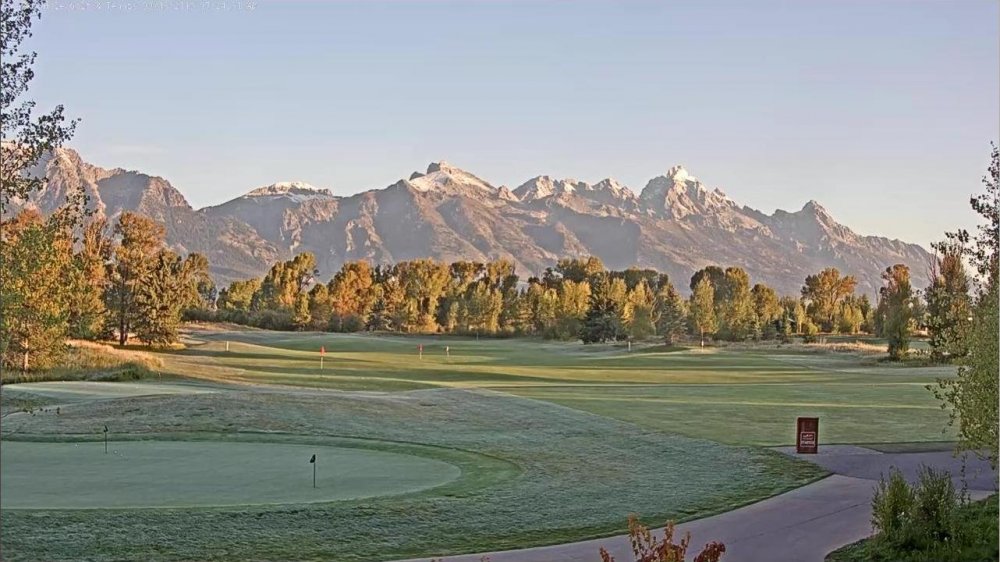
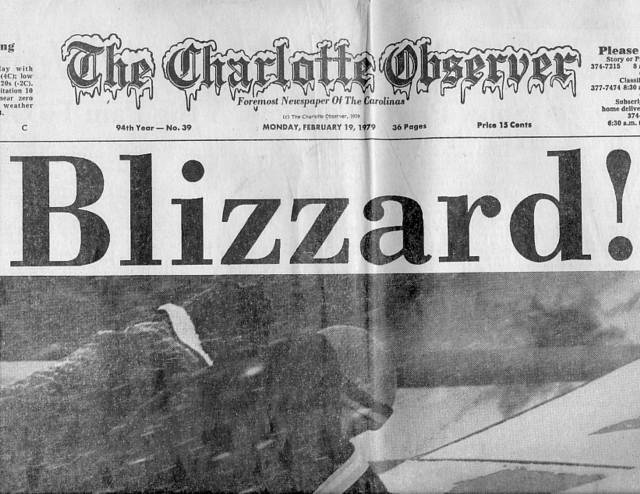





.thumb.jpg.b839dd0e8f56da856a9e009f6509e038.jpg)
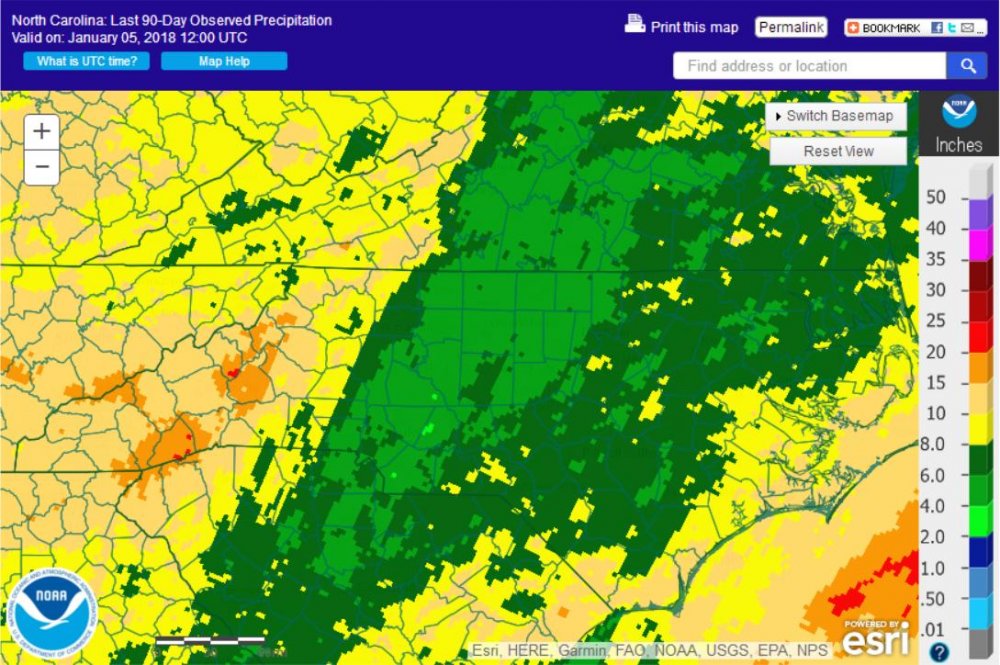
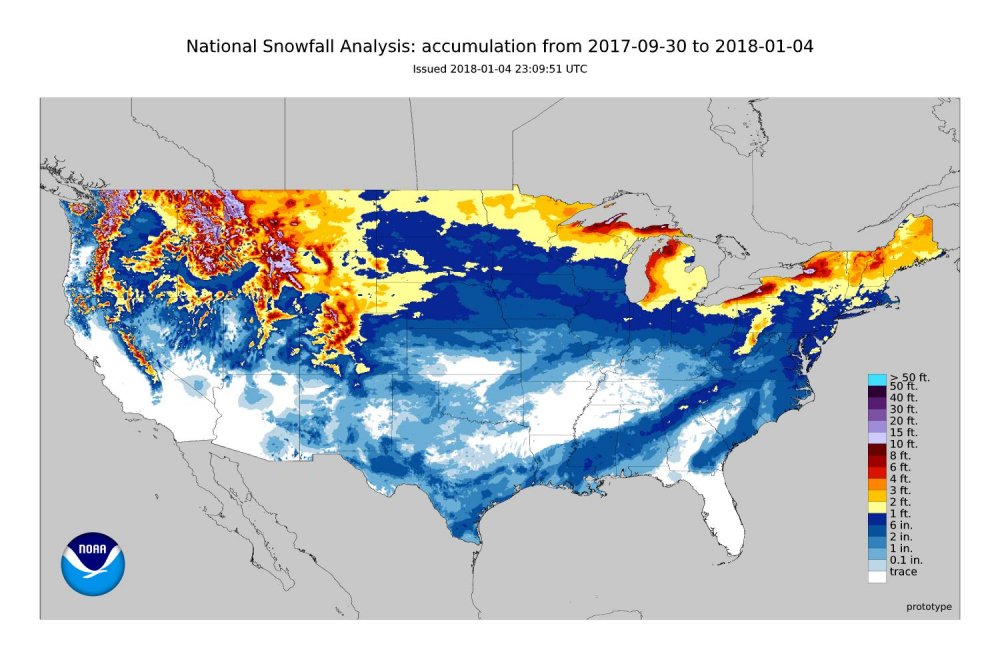

Winter 2020-2021 whining thread
in Southeastern States
Posted
What an incredible roller coaster ride to go from temps in the low seventies on Friday the 16th to temps in the low teens with heavy snow on Sunday the 18th!